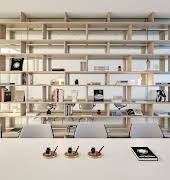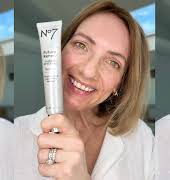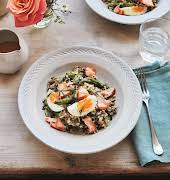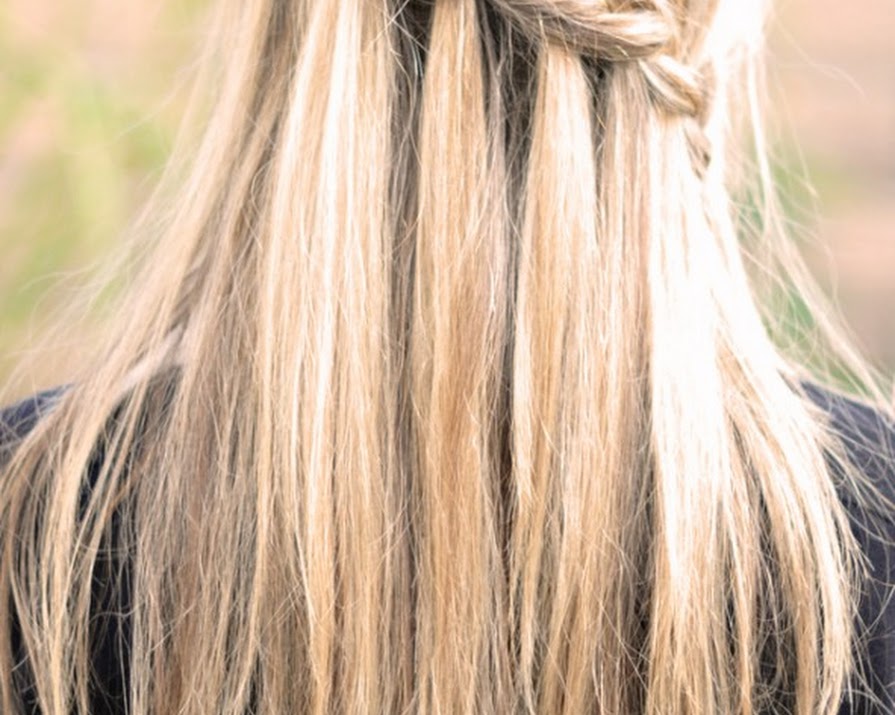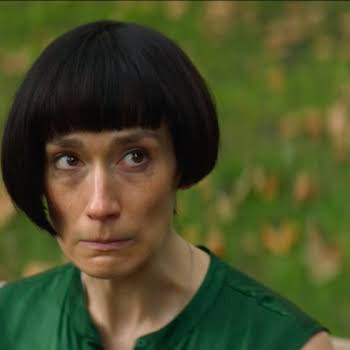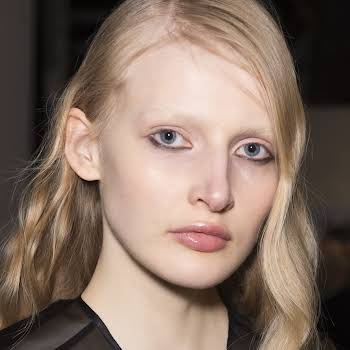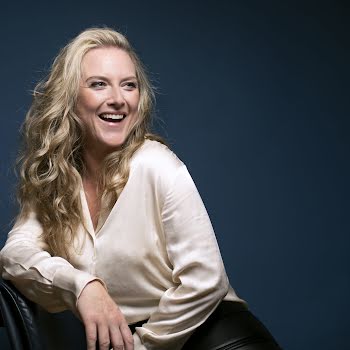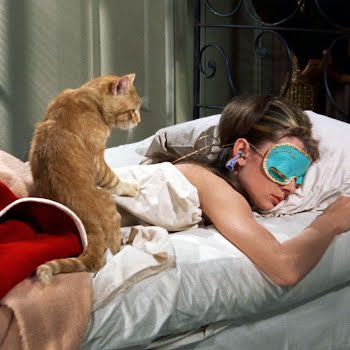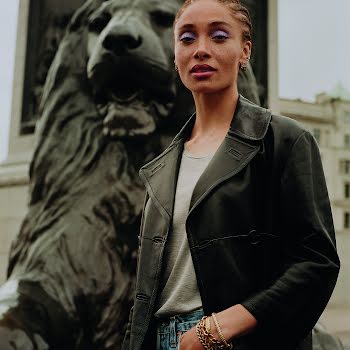By Holly O'Neill
16th Dec 2015
16th Dec 2015
We asked Mark Doherty from SitStil in Dublin what his greatest advice for keeping healthy hair is and what we should never do to our hair.
Mark says the biggest issues for hair damage are overuse of styling tools and home colours. Mark advises to keep your hair healthy that you should never ignore it – make sure to give it lots of attention from “good shampoos , conditioners and styling products”.
THE PROBLEM WITH STYLING TOOLS
“All styling tools can cause damage to the hair if used improperly, however it is easily prevented,” Mark tell us. Make sure your hair is 100% dry and smoothened out, and always use a leave-in heat protector spray before using a heating tool – this should cause a little less damage to your hair. One of the safest tools for your hair is the ghd platinum, as Marks tells us that “the tri-zone technology that ghd offers maintains a safer policy for hair”, ensuring the optimum temperature for styling hair is consistently maintained across the entire plate from root to tip, reducing hair breakage by over 50%. The ghd platinum also claims to “deliver ultimate styling results” with just one stroke of the ghd, and Mark backs this up, saying it will “save your hair and your time”.
Mark is also a fan of wands and tongs, saying they?”create great movement in hair without the ironing process of a straightener and are the best way to create curls with minimal damage”. However, Mark says to be careful about what you put near your hair and always do your research, as some heated styling tools can over stretches the hair’s elasticity and causes damage deep into the hair shaft.”
THE PROBLEM WITH HOME COLOURS
If you’re a fan of doing your colour yourself, look away now because Mark ‘s biggest tip is “don’t try do our own colour or cut at home, let us do the job.”
The main difference between home dye and salon professional colour, Mark explains to us is that “a professional colourist mixes pigments to give your hair a certain shade of colour according to a clients wish and natural colour.?The colourist has more control of what developer/activator strength to use therefore they can mix colours and control how the results turn out?according to placement.”
If you’re going to continue using home colours, Mark says to definitely avoid any DIY and go to a professional salon for any of these reasons;
You want to lighten your hair more than three shades from your natural colour.?
When lightening hair, you must consider that all dark hair contains at least some red pigment and this can become overly evident in the lightening process if you don’t know how to correct it. When lightening hair there is a two step process which involves removing the existing colour from your hair and toning or adding the shade you would want it to be. Olaplex is a hair treatment that we would recommend to use during this process as it contains protein fibres to help strengthen hair and minimise the possibility of the hair snapping. Olaplex is not available to non-professionals.
You have natural or blonde hair and want to dye it red.
No matter what colour your hair is, it is difficult to dye hair red. Those with light to medium hair tend to have the most success when dying their hair red/auburn shades whether at home or at salon.
You are trying to fix a problem.
Mistakes and bad dye jobs can happen, both at home and in salon – however, trying to fix the problem on your own will most likely only make matters worse.
You have light hair and want to make it’darker.
In’theory this is not a difficult process as lighter hair will easily grab a darker shade – the difficult part is trying to achieve something resembling a natural shade and undercoats need to be considered.
If you are someone who dyes their hair often, Mark’recommends “using professional haircare after colour services, as they are a prescription for maintaining that salon?freshness. It?prolongs colour vibrancy and also targets specific hair needs such as damaged hair, dry hair and dull hair etc.”
Mark’s last tip is not to totally change your hair based on a picture you’ve seen. When it comes to hair, whether it be changing your colour or choosing a new style, Mark advises that you always consider your face shape and skin tone. “Don’t always try follow the latest trend or most popular celebrity, as what may suit one person will not suit others.”


